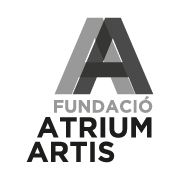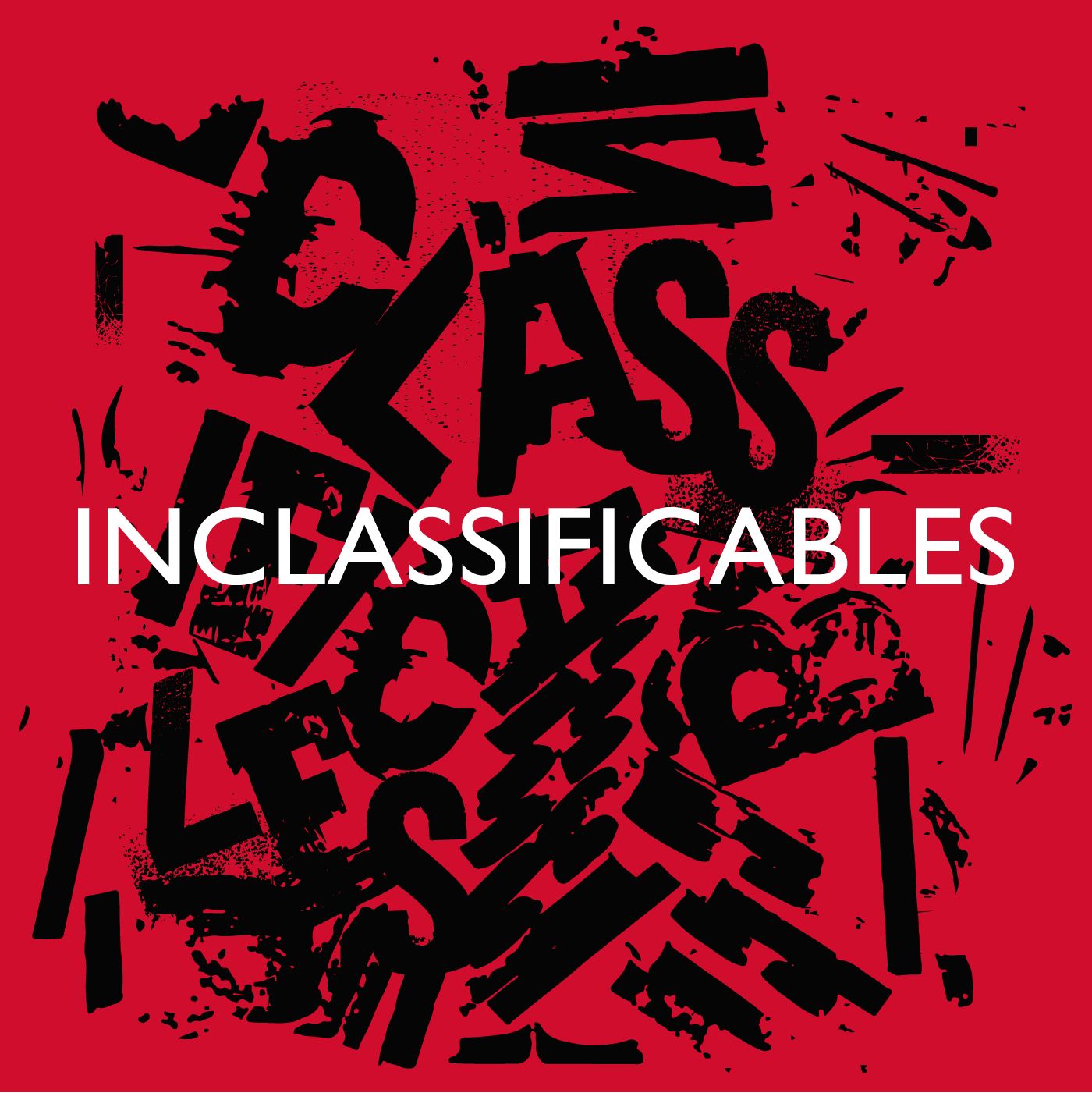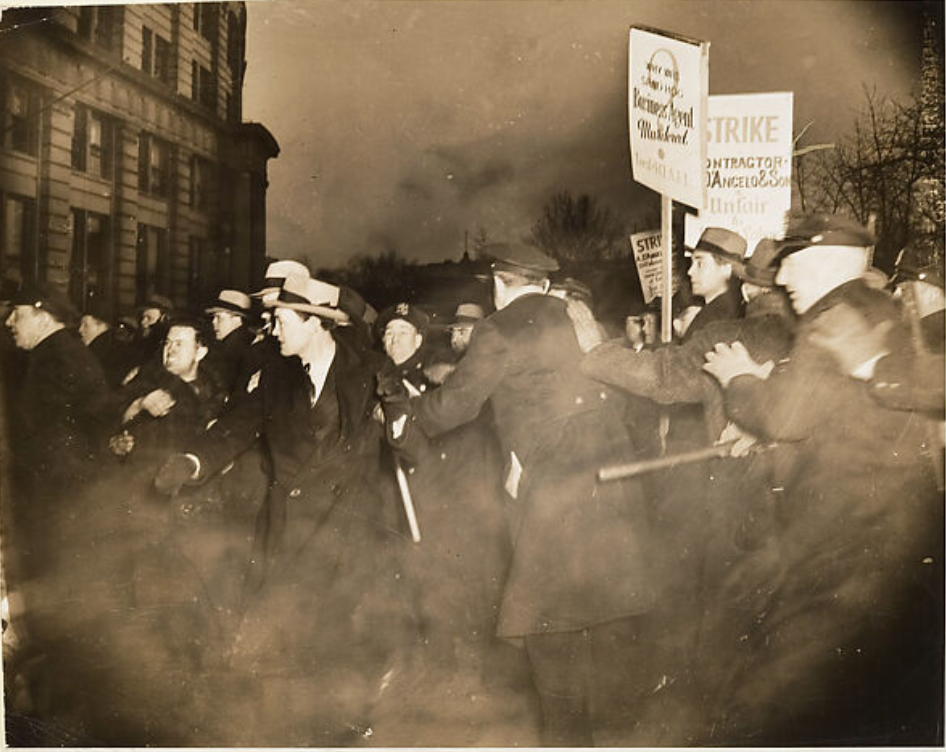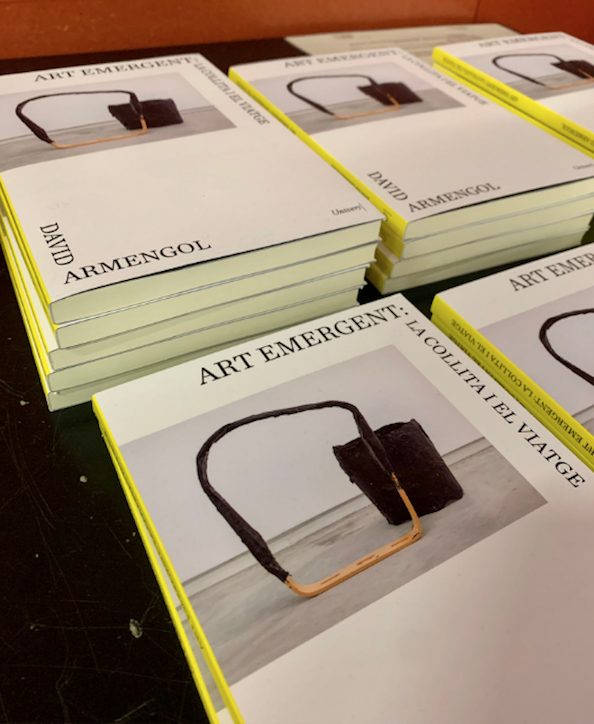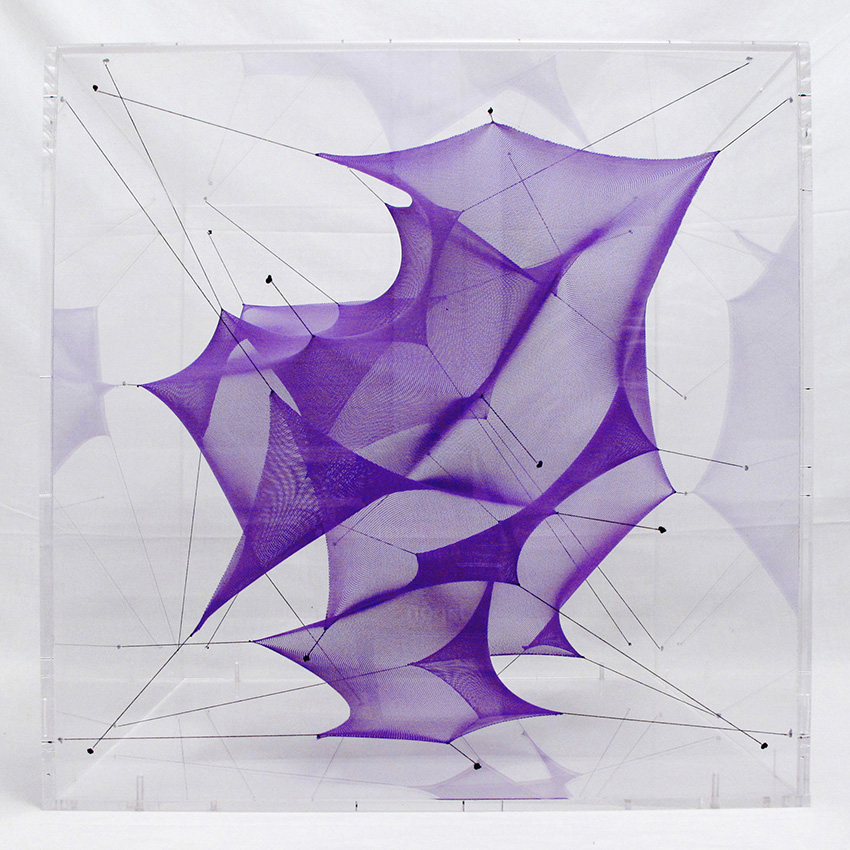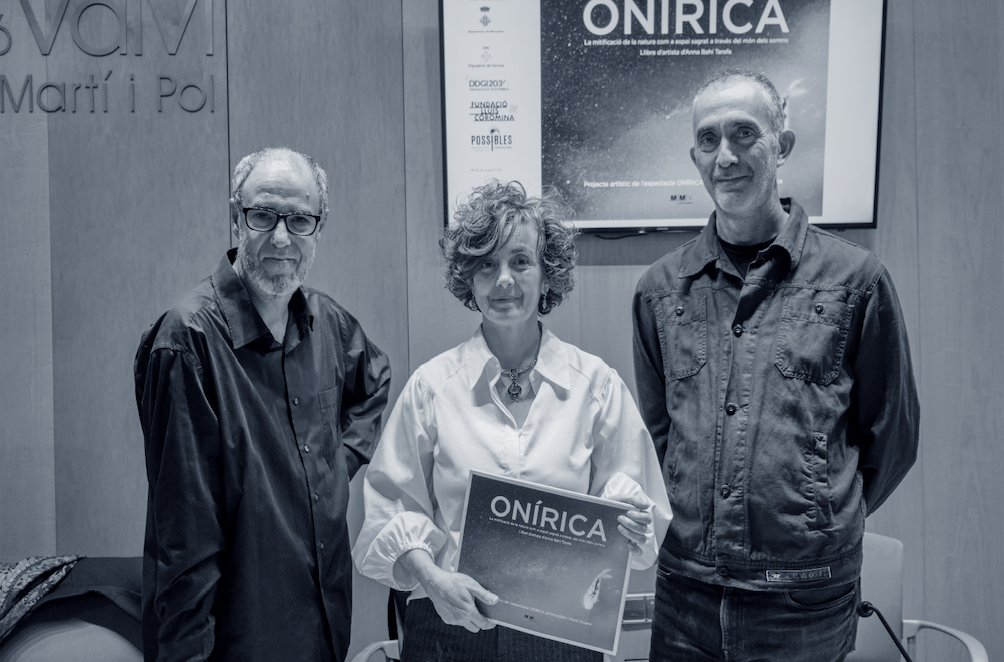Exhibitions
The Maricel Museum exhibits the collection of the Old Museum of Artistic Reproductions
The exhibition 'Beauty models. The old Museum of Artistic Reproductions' presents 200 late 19th century pieces of glass, furniture, ceramics, painting or sculpture
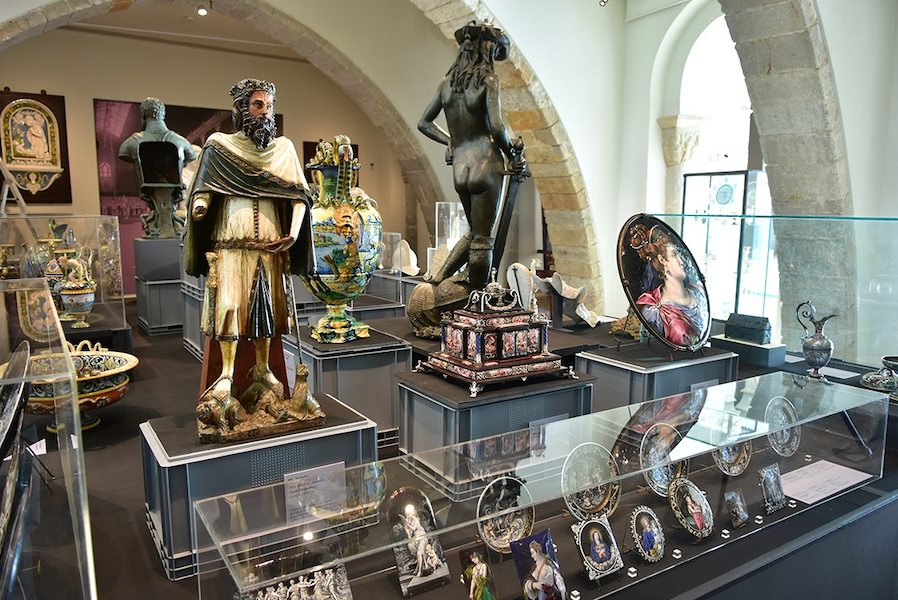
The Maricel Museum presents the exhibition Models of Beauty. The old Museum of Artistic Reproductions , an exhibition that brings together 200 pieces of furniture, glass, painting, sculpture, porcelain, ceramics, enamel, plaster and mosaic, which made up this collection created at the end of the 19th century, with the aim to bring art closer to the population as a whole. The exhibition can be visited until October 13, 2024.
Organized by Museus de Sitges, and curated by Ignasi Domènech, the exhibition highlights an important episode in our history of museums. The exhibition is made with a selection of the works in the Palau de Maricel, in addition to 18 pieces of plaster, which come from the Higher School of Conservation and Restoration of Cultural Assets of Catalonia. They are also works from the collection of the Museum of Reproductions, which were stored in the Palau Nacional (currently the National Art Museum of Catalonia), and which were taken to the School in 1992.
All the reproductions in the Museum of Reproductions in Barcelona – and therefore also those exhibited in this exhibition – were made in the 19th century, and the vast majority of them between 1870 and 1890. The works and objects presented, therefore, they are about 135 years old and are already true antiques. In the cases where the authorship is known, it could be artists (Paul Soyer, Georges Pull, Janvier Chiurazzi...) or manufactures, often family ones (Fligli di Giuseppe Cantagalli, Compagnia Venezia Murano, O. Madrassi ...).
The Beauty Models exhibition. The old Museum of Artistic Reproductions presents 200 pieces, of which 80 are glass works, in most cases from the Compagnia Veneziana Murano Salviati & Co. Vases and glasses predominate, but there are also jugs, jugs or bottles.
The exhibition also exhibits around fifty pieces of ceramics, especially plates and vases with naturalistic motifs. The glazes, on the other hand, reproduce pieces that are copies of originals from the Louvre or others that follow the models of the workshops in Limoges.
Among the furniture on display are wardrobes, chests of drawers and chests of drawers, while the paintings include reproductions of frescoes from the Basilica of Sant Francesc d'Assisi and mosaics from Sant Vidal de Ravenna. In the sculptures there are copies of David himself or of Peter III the Ceremonial from the Treasury Museum of the Cathedral of Girona, among many others.
Museum of Reproductions of Barcelona
In 1890, Barcelona City Council created the Museum of Reproductions of Barcelona, initially named the Museum of Artistic Reproductions, Architecture, Sculpture and Sumptuous Arts. This initiative sought to gather reproductions of some of the great works of universal art so that they could be contemplated and admired by the middle and popular classes, in an era in which tourism and the possibilities of traveling and accessing in the culture were limited. The creation of the museum represented one of the most ambitious, ambitious and modern intellectual projects in Catalonia at the end of the 19th century, as well as one of the most impactful bets to promote the spread of art among the population as a whole .
The Museum of Reproductions in Barcelona followed the parameters of other reproduction museums that proliferated in Europe throughout the 19th century, some included as sections of other national museums. It was about reproducing copies of great works – not necessarily paintings and sculptures – of universal art and making them available to the population as a whole.
The Museum exhibited pieces of architecture, sculpture, ceramics, glass, mosaic, enamel, jewellery, furniture and fabrics, among others. He even incorporated a specialized library, which is the origin of the current National Art History Library, currently the Folch i Torres Library, at the National Art Museum of Catalonia.
For Barcelona, weaving a policy of creating museums from nothing (unlike Madrid and other cities that were state capitals, there were no historical collections here), proposed the creation of a museum from quality reproductions that could be used, like the originals, to show the forms – and the spirit that emerged from them – of a wide range of artistic materials.
From today's perspective, it can be difficult to understand what the purpose of such institutions was, since there is a tendency to appreciate above all the existence of the original. In the nineteenth century, however, copies had a very specific value and function. Artistically, they were appreciated because they were made by professional sculptors who achieved a result of great detail and quality.
At the same time, it was important that the reproductions provided quality models for the powerful Catalan industry. With the Industrial Revolution, when the concept of design did not yet exist, unsightly objects began to be produced, in contrast to the remarkable creations of artisans. It was considered essential that decorative products were manufactured that were both useful and beautiful, and that Catalan factories could compete with those of the big European cities.
Finally, following pedagogical principles, these works were considered a good method for students of drawing and Fine Arts to learn about the artistic manifestations of the past and be inspired by them. It is for this reason that the reproduction museums were closely linked to the academies, which were the most important centers of artistic training at the time. Likewise, the copies also served for the general public to be educated and acquire knowledge of Art History.



